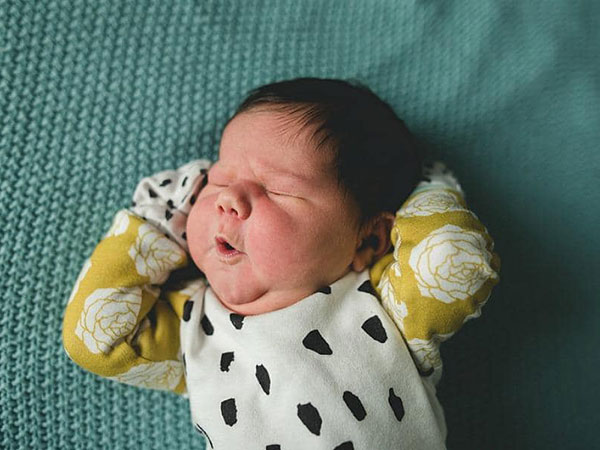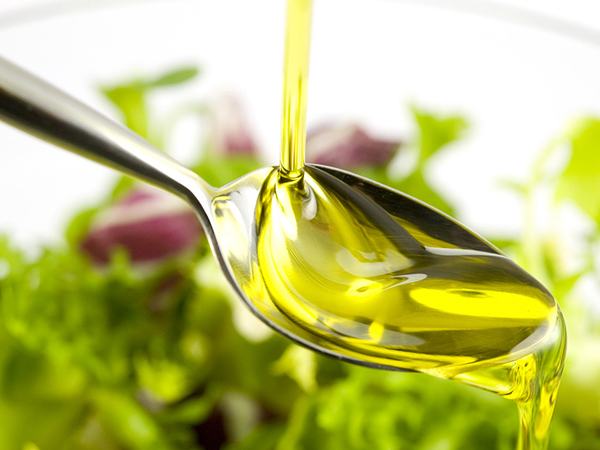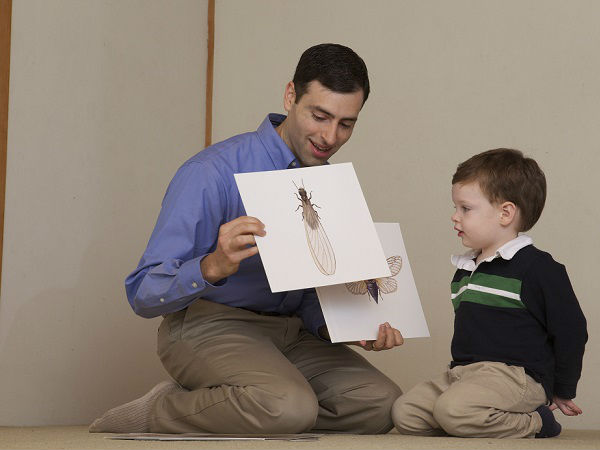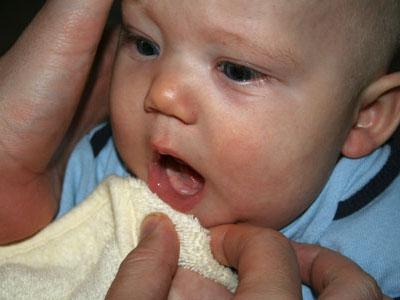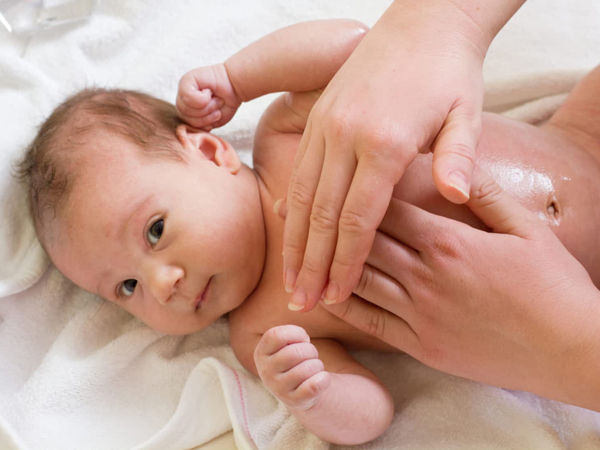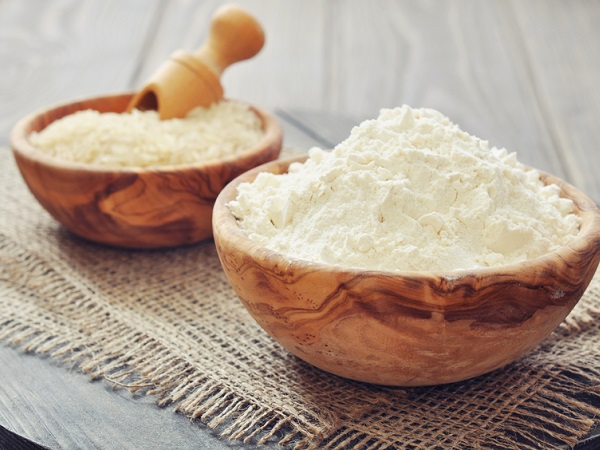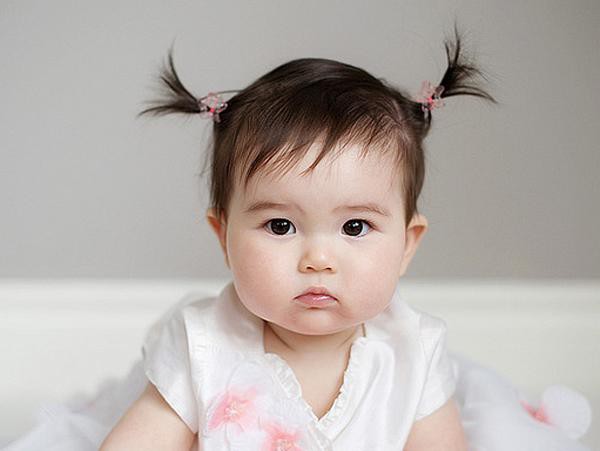What is bilirubin and does it affect the health of a baby after birth? Although I have heard of this concept, but surely not many mothers fully understand.
content
What is Bilirubin?
Causes of increased bilirubin in the newborn
What is direct bilirubin quantification?
What is total bilirubin quantification?
How long does jaundice last for babies?
The bilirubin index in the newborn is important for the doctor to evaluate for jaundice and related diseases immediately after birth . The mother herself should have a basic understanding of this concept in order to promptly notice abnormalities when doing important tests for her baby.
What is Bilirubin?
In the medical literature bilirubin is defined as an orange pigment, which is a waste product of normal rupture of red blood cells in the blood. Bilirubin travels through the liver and out of the body - mainly in the feces, a small amount in urine.
Before reaching the liver, bilirubin is unconjugated, or called unconjugated. When it reaches the liver, bilirubin combines with certain sugars to create a water-soluble form called conjugated bilirubin. Bilirubin combines from the liver, into the large intestine, and is converted back into the unconjugated form on the way out of the body.
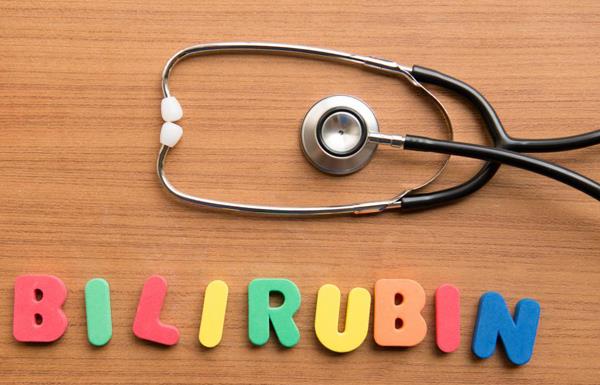
What is bilirubin is a "difficult" medical concept for many mothers
In newborns, the bilirubin index is used to evaluate physiological jaundice, in older children a bilirubin test is performed for the purposes of:
Diagnose and monitor diseases related to liver bile
Assessment for sickle cell anemia or other conditions causing hemolytic anemia; These infants may have broken red blood cells that increase the concentration of bilirubin in the blood.
In infants, it is also important to quickly determine the concentration of bilirubin in the blood so that prompt treatment can be made before the excess unconjugated bilirubin damages the child's brain cells. The consequences of this damage include mental retardation, learning and developmental impairment, hearing loss, eye movement disturbances, and death.
Causes of increased bilirubin in the newborn
In addition to the common cause of jaundice, the liver condition also directly affects bilirubin levels in the newborn.
Due to liver failure
Increased bilirubin is galactose intolerance and tyrosine intolerance, congenital infection or acquired hepatitis B infection, adenovirus, herpes infection, coxsackie, ECHO virus, CMV, toxoplasma.
From the liver
If there is a deficiency of α-1 antitrypsin in the liver and cystic fibrosis, hepatic biliary obstruction is inherited, or has Alagille syndrome, endocrine disease (hypothyroidism, pituitary failure), Niemman Pick, Zellweger's syndrome, hepatitis, systemic diseases, urinary tract infections, trisomy 13,18, 21 all cause high bilirubin.
Another factor
Bilirubin increase may be caused by atrophy of the bile ducts, biliary cysts and bile syndrome.
Due to jaundice in newborn babies
In newborn babies, there is an increased level of bilirubin in the blood because the mother's blood is not suitable or the baby has a birth defect .
What is direct bilirubin quantification?
It is called direct (conjugated) bilirubin because the quantification of this bilirubin is done directly without the need for additional reaction accelerators.
Bilirubin is directly made up of:
20% of total bilirubin circulates in the blood
Does not bind to protein, is water soluble, so is filtered through the kidneys
About 20% of the conjugated bilirubin is reabsorbed into the blood, 80% is excreted in the bile and then into the intestine. In the intestine, under the action of bacteria, bilirubin is converted to Urobilinogen and then into stercobilin and excreted in the feces.
Only a small amount of urobilinogen in the gastrointestinal tract will be reabsorbed into the portal vein system to carry the liver-intestinal cycle, and can be found in urine (urobilinogen is not protein-bound).
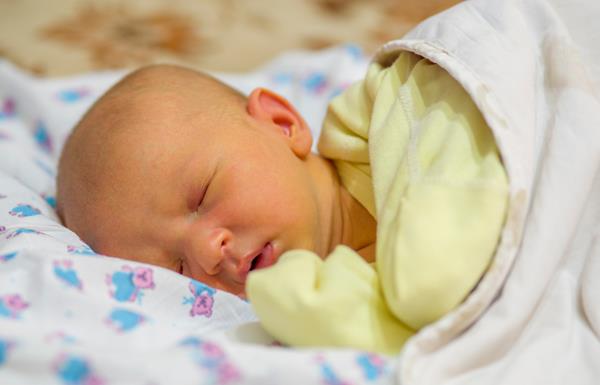
Jaundice is the cause of high bilirubin levels
What is total bilirubin quantification?
Total bilirubin includes free bilirubin (indirect bilirubin) and conjugated bilirubin (direct bilirubin). Indirect bilirubin is toxic, insoluble in water, so it is not present in urine.
When free bilirubin in the blood is transported by albumin to the liver, free bilirubin combines with glucoronic acid in the liver to form conjugated bilirubin (direct bilirubin). Conjugated bilirubin is non-toxic, water-soluble, so it is present in the urine.
Unconjugated bilirubin (free bilirubin) is formed:
80% of total bilirubin circulates in the blood
Bound to albumin and therefore is not filtered by the kidneys
How long does jaundice last for babies?
Only extreme cases of bilirubin need medical intervention because of the risk that biliburin can travel to the brain and cause brain damage.
There is no exact answer how long it will take to treat jaundice in children because each baby's situation is different. When the doctor finds that the child's health is stable and responds very well to the treatment, he can quickly return home.

All the Jaundice in Newborn Babies Jaundice is a common disease in most newborn babies. Symptoms of neonatal jaundice usually appear 2 to 3 days after birth and can go away on their own if the mother takes care of the baby properly.
The concept of bilirubin will essentially be clearly explained to the mother by the doctor when important tests are needed. But if you know the information about the mother, she will be more confident if the baby has to be treated because the concentration of bilirubin in the blood increases.
